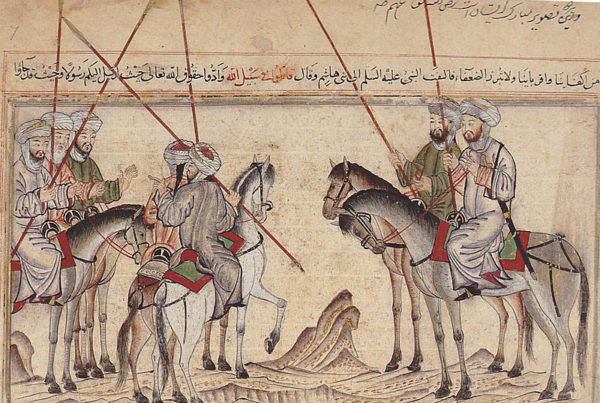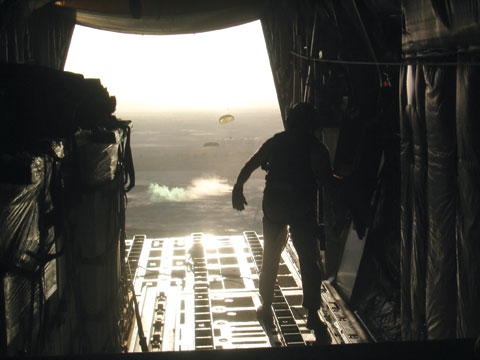 The world changed forever in 1947. That’s the year that two “clear sides” emerged within a continual state of political hostility, which was more widely known as “the Cold War.” In 1947, the world entered a new chapter of history bristling with proxy wars, a nuclear weapons race, and fierce competition across a broad range of activities associated with the new superpowers.
The world changed forever in 1947. That’s the year that two “clear sides” emerged within a continual state of political hostility, which was more widely known as “the Cold War.” In 1947, the world entered a new chapter of history bristling with proxy wars, a nuclear weapons race, and fierce competition across a broad range of activities associated with the new superpowers.
In The Hacked World Order: How Nations Fight, Trade, Maneuver, and Manipulate in the Digital Age, author Adam Segal argues that June 2012 to June 2013 marks a similar moment in history. Segal warns that 2012 was “Year Zero in the battle over cyberspace.”
In the book’s first page, Segal asserts “…it was in 2012 that nation-states around the world visibly reasserted their control over the flow of data and information in search of power, wealth, and influence, finally laying to rest the already battered myth of cyberspace as a digital utopia, free of conventional geopolitics.” The chapters that follow present an extraordinary examination of the policy implications of “the hacked world.”
Over the past few years, many good books have tackled cyberwar, cybercrime, and the “meaning” of this new cyber world into which we are being thrust. But this book is unique amongst those. Rather than focusing on technology, target sets, or geopolitics, it is the first one to review the topic from many different perspectives. It does so with clarity and with a tone that even the least technologically-aware person will understand and enjoy.
In the course of doing so, Segal takes the reader on a tour around the world. He explores Russia’s escalating use of cyberwar against Estonia, Georgia and the Ukraine. He chronicles the attack on Iran’s nuclear program through the use of Stuxnet, an operation codenamed “Olympic Games.” And he explains the significance of a series of attacks by North Korean hackers on Sony Corporation systems prior to the scheduled release of a movie that criticized North Korea’s leader. The latter, as the first major attack on a corporation by a foreign government, has chilling implications for the long-cherished Western right of free speech.
Segal then does something unusual, taking the reader down a path few would have imagined to a popular telenovela (somewhat akin to a “soap opera”) viewed by tens of millions of Brazilians. While it seems a curious detour for a book examining the policy implications of a hacked world, Segal demonstrates the monumental changes in the world through this example. The show “Generation Brazil” focused on “a new social transformation: the rapid adoption of information and communication technologies in Brazil.” It was, according to Segal, a “call to arms for the Brazilian public to engage in a vibrant domestic Internet culture and for Brazil to have a larger voice on the international stage.”
The last chapter of the book is titled “After Pax Digital Americana.” It’s a different world … perhaps as different as 1947 was from the 1930s. Cyberwar is now an integral part of the history of warfare and is rapidly moving to (if not already there) centre stage. The “rise of the rest” is accelerating because of the power of the cyber domain.
Segal concludes by saying that “the conflict over cyberspace is the strategic imperative of the future, and everyone is struggling to understand what is at stake, who the critical actors are, and how cyber power works.” This book is a key addition to the must-read library of those of us who are so struggling.
At the beginning of the 20th century, Sir Halford John Mackinder wrote his famous “Theory of the Heartland.” Mackinder theorized that whoever controlled the heartland of Europe ultimately would control the world. Robert D. Kaplan in his book The Revenge of Geography asks if the “heartland” might actually be somewhere else, such as Kazakhstan, or if China might be best poised to benefit from geography. But Segal’s book leads one to a different conclusion: in the 21st century, the “heartland” may be in cyberspace and whoever controls that geography may be best poised to win the wars of the future.








